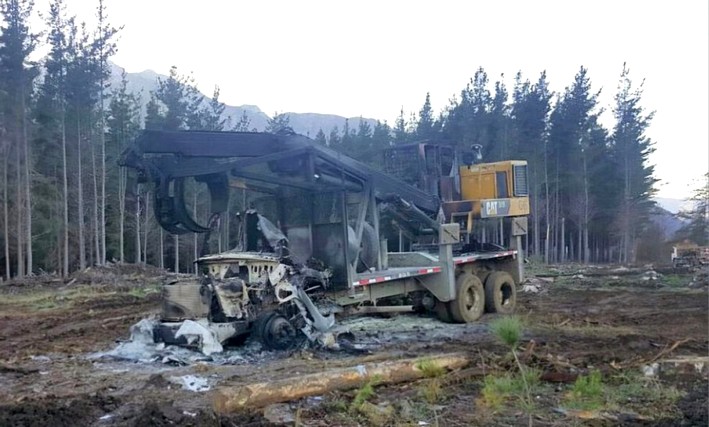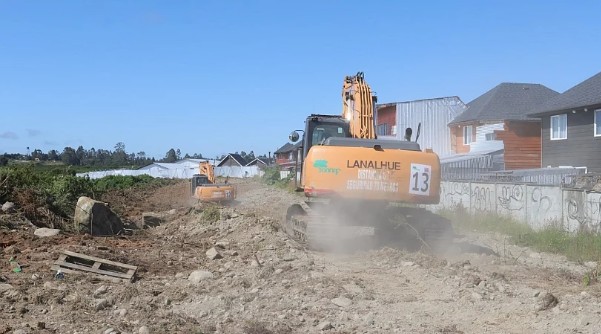Deaths from wildfire smoke rise as climate change worsens
Scientists know that climate change is increasing wildfire-related deaths in some areas, but exactly where and to what extent?
Climate change-driven wildfires have caused a tenfold increase in smoke-related deaths between 1960 and 2010, researchers have found. South America, Australia, Europe, and the boreal forests of Asia have been identified as particular hotspots.
Although human fire management and suppression have reduced the number of fires in recent decades, climate change has increased the length of fire seasons and the amount of land burned globally, they stated.
Fire consumes the planet: A wake-up call amid the wave of wildfires
It has also intensified both the severity and frequency of fires. Drought and higher temperatures leave trees and vegetation drier, while reduced surface moisture increases the speed at which fires spread, making them harder to extinguish.
Health fears
This raises major public health concerns, particularly due to tiny particles in wildfire smoke (known as particulate matter 2.5 or PM2.5).
The paper cites recent estimates that over 98,748 people die worldwide each year from wildfire-related smoke.
Drought and higher temperatures leave trees and vegetation drier, while reduced surface moisture increases the speed at which fires spread.
The cost of dealing with smoke-related health issues caused by Australia's megafires during 2019-2020 was more than nine times higher than the average over the past 19 years, researchers noted.
In equatorial Asia in 2015, during an extreme smoke event, PM2.5 emissions were 2.2 times higher than the average between 2002 and 2014, resulting in around one million deaths—more than double the figure in 2006.
Rising fires
Meanwhile, an independent study has quantified for the first time the amount of land burned by wildfires directly attributable to climate change. Many human activities, such as land-use changes, generally reduce the area burned by wildfires by hindering their spread.
For example, although up to 70% of the world's burned area is in Africa, there has been a notable decline in wildfires, particularly in savannas, due to increased human activity in the region.
However, in forested areas like California and Siberia, the number of fires is rising as climate change leads to longer droughts and higher temperatures.
Dr. Chantelle Burton, a wildfire expert at the UK Met Office and one of the study's two lead authors, said: "We see a marked increase in the number of fires, especially in regions like western Siberia and North America."
Researchers found that human firefighting and landscape management efforts are effective when fire numbers are low or moderate, but humans lose control when fires are widespread. If current trends continue, the area burned due to climate change will rise significantly in the coming decades, they warn.
Source:Meteored

















